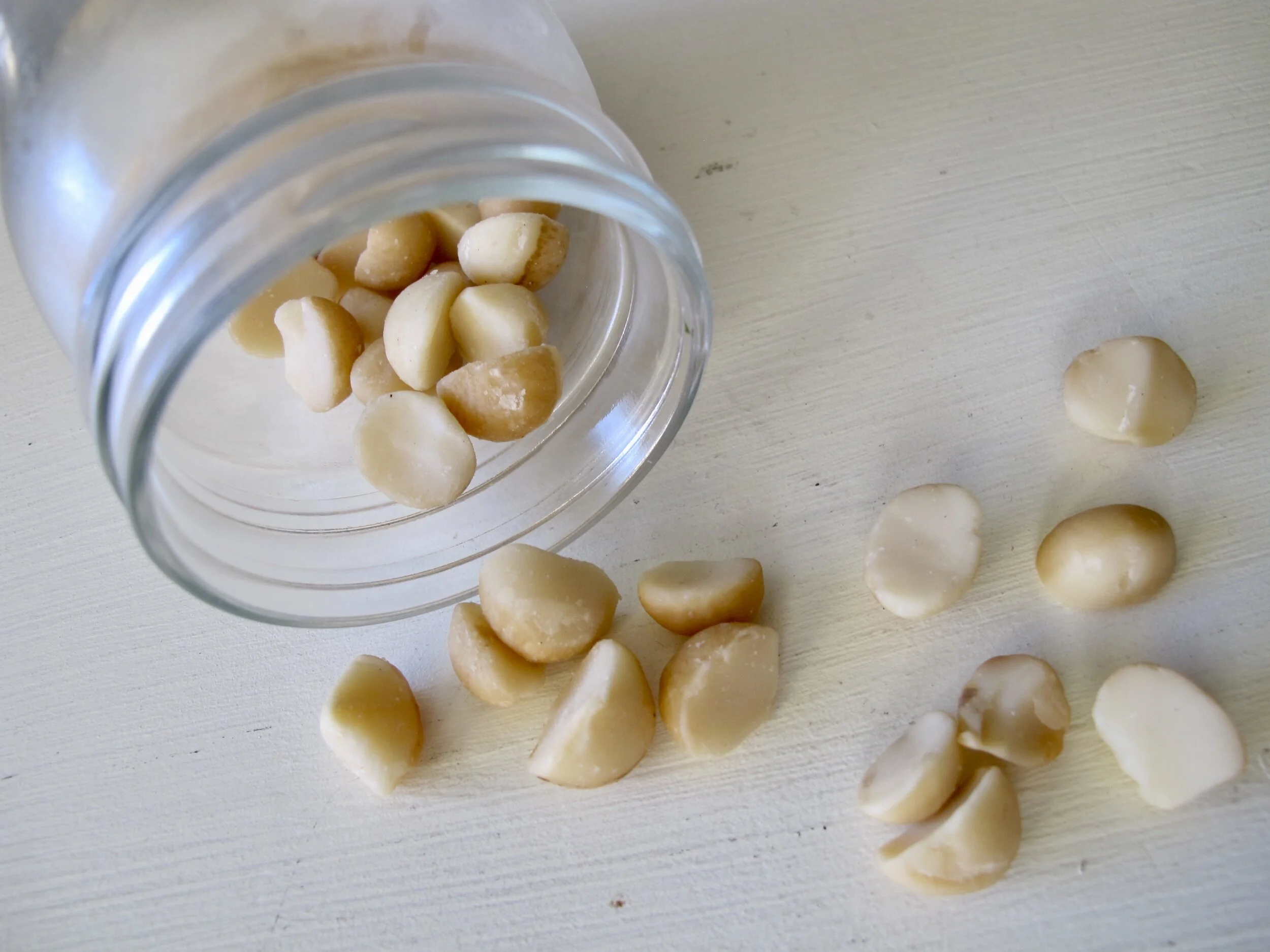Use these six pointers to wake Up your e-commerce pageS
So you want to write a persuasive product description -- one that sets you apart and engages folks. How do you build intrigue? What can you do to go beyond the basics?
These pointers will get you going...
#1: Add flairs of personality as if you were recommending this to a friend.
Start by jotting down how you’d describe your product to a friend. It’s easy to get dull or overly professional in your description. You don’t want to fall into that trap. Keeping things conversational makes the sale more approachable.
Think about what you’d actually say to a friend, and write that down. You can even record audio if that helps. You’re less likely to spout off the specs, more likely to say something like, “this almond butter tastes so rich and velvety, you’d think it contains more than just almonds.”
#2: Share how it’s used.
Let’s say your product is a granola bar. Is it “perfect for poppin’ in your purse?” Or if you’re selling apricot jam, is it “the ideal topping for a slice of sourdough toast” or “the star of your next batch of thumbprint cookies?”
Whatever description you choose, help your potential customer see (and even feel) herself using the product in her day. Does that moment feel exciting? Relieving? Satisfying? Don’t leave it to her to make the leap. Build that vision for her.
#3: Talk about the process or craftsmanship behind the product.
Do you have a special process or approach? Be proud and bold in sharing it. Those details justify your price point and set you apart from alternatives.
Do you use unique materials? Are your methods environmentally-sensitive? Do you craft by hand or in small batches? Do you source directly from small farms? Customers need these value-building details to nudge them to buy.
#4: Describe the history or origins.
You can add color by sharing the roots and heritage of the product too. This shouldn’t be a long, yawn-inducing history lesson. Aim for a short anecdote as you highlight that unique origin story.
Is this an heirloom apple variety that nearly got lost over the years? Do you use your great grandfather’s recipe for your turnovers? Did you come up with your yogurt when you couldn’t find what you were looking for at the grocery store? These stories help people feel connected to your journey and product.
#5: Give vivid detail about what it tastes, looks, smells or feels like.
Remember -- when folks are shopping online, they need your help filling in the sensory details of the product. What’s it like to touch or smell? What’s it like to actually use the product?
Does popping open the jar unleash a bright and zesty aroma? Do those crackers have a satisfying crunch? Does using your meal planning service help them feel less overwhelmed? These notes bring customers into the experience and encourage them to buy.
#6: Cite relevant testimonials or press to add color and credibility.
This is a biggie! Words from the press and customers sway customers.
Did an article or podcast give you a favorable shout-out? Have your customers told you how much they love your product? Grab the most powerful phrases and leverage the heck out of that social proof!
(Pro tip: Put together a system to continually capture testimonials and organize meaningful feedback. This content is pure gold when it comes to marketing.)
Makin’ it happen
An extra note: Ask yourself how can I approach this task with excitement? If it feels like a chore, your description will be a chore to read. Embrace this chance to tell someone how helpful, tasty or delightful your product or service is.
If you need someone to do the heavy lifting, let’s chat. I craft product descriptions and other website copy as part of my client work, and I’d be happy to help you too!
